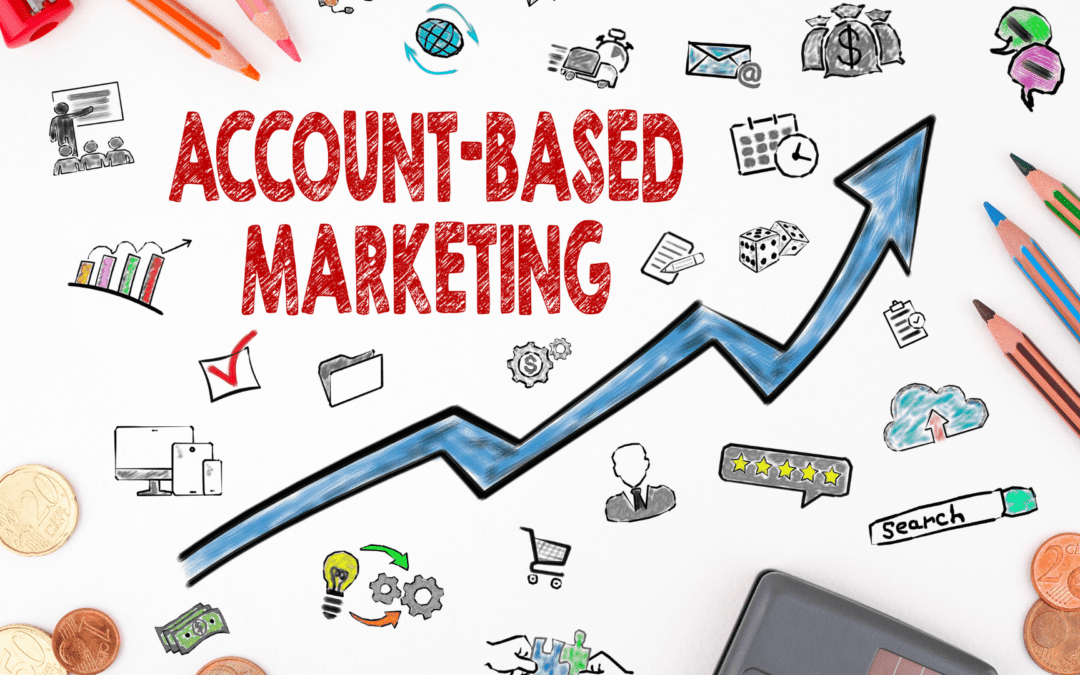Marketing plays a huge role in the world of business, especially when it comes to business-to-business (B2B) transactions. B2B marketing is a specialized field that focuses on creating relationships between companies and connecting them. The purpose of B2B marketing is to generate leads and sales for the business, and it can be a powerful tool for building relationships and expanding a company’s reach.
B2B marketing strategies can vary depending on the business’s goals and target audience. A successful B2B marketing strategy involves identifying potential partners, creating campaigns to reach them, and developing relationships with potential buyers. When done right, B2B marketing can effectively build trust, drive sales, and expand a company’s reach.
One of the most important elements of B2B marketing is having a well-defined target audience. B2B marketers need to understand the needs and challenges of the businesses they target to create effective marketing campaigns. Market research is essential for gathering data about the target audience and understanding their needs.
Today’s article explores the impact of account-based marketing and why it’s essential for your business. Here’s what you need to know:
Account-Based Marketing
Account-based marketing (ABM) is a strategic approach to marketing that treats each account as a unique market. Rather than casting wide nets to try and capture leads, ABM focuses on creating campaigns tailored to the specific needs and wants of a select group of target accounts. ABM is all about creating a personalized, one-on-one relationship.
ABM aims to drive revenue by engaging and nurturing businesses that are more likely to buy. By targeting specific accounts, ABM helps marketers focus their resources and create campaigns that are more likely to convert. It also allows them to make more personalized client experiences and build stronger relationships with them.
The first step in an ABM strategy is to identify target accounts—those that are most likely to buy and have the highest lifetime value. Once the target accounts are identified, marketers can develop a comprehensive strategy to engage with them. This may include content marketing, direct mail, email campaigns, or face-to-face meetings.
In addition to engaging with businesses, ABM also involves tracking and analyzing data to understand their behaviour better. This helps marketers create more effective campaigns and refine their targeting strategies.
To ensure success, ABM requires an integrated approach to marketing. All departments, from sales to customer service, should be involved in the process. This helps ensure that all touchpoints are considered and that everyone receives the best possible experience.
Inbound Marketing
Inbound marketing is a powerful tool for businesses to reach potential partners and build relationships with them. It involves creating content and campaigns that attract businesses to your business and encourage them to take action. It is more effective and cost-efficient to generate leads and sales than traditional outbound marketing techniques. This method uses a variety of strategies to bring potential clients to your business.
These strategies can include search engine optimization (SEO), content marketing, social media marketing, email marketing, and more. By creating content and campaigns tailored to your target audience’s needs and interests, you can capture their attention and encourage them to take action.
The Benefits of ABM and Inbound Marketing
The combination of Account-Based Marketing (ABM) and Inbound Marketing can be a powerful way to reach and engage with other businesses. ABM is a strategy that focuses on targeting specific accounts with personalized marketing messages, while Inbound Marketing focuses on creating content that draws prospects to your brand. Combining the two allows you to create an effective marketing strategy to generate more leads, better engagement, and higher conversion rates.
When it comes to ABM, the primary benefit is the ability to target a specific set of accounts. With ABM, you can use account-level data to create highly personalized messaging that resonates with audiences. This allows you to tailor your messages to each account’s specific needs and interests and customize your marketing efforts to engage them better.
On the other hand, inbound marketing is a more general approach that focuses on creating content that draws prospects to your brand. Creating useful and interesting content for your target audience can attract more leads and sales to your business.
The Bottom Line
Account-based and inbound marketing can be a powerful combination for B2B companies. ABM focuses on identifying the right prospects and building relationships with them. In contrast, inbound marketing effectively draws these prospects in with content and other forms of marketing.
By leveraging both, B2B companies can target their prospects and use the right tactics to attract, convert, and retain them. This combination can be invaluable for B2B companies looking to increase their client base and grow their business.
If you are looking for a B2B agency, we can help you. Acquisent Software is an account-based marketing agency for software companies. Scaling a business is challenging. Acquisent makes it less exhaustive, fun, and wildly more predictable with its 3-step ABM System. It helps software founders, CEOs, entrepreneurs, and owners target and engage prospects to convert and sell faster. Download our Framework today to learn more and get started!


